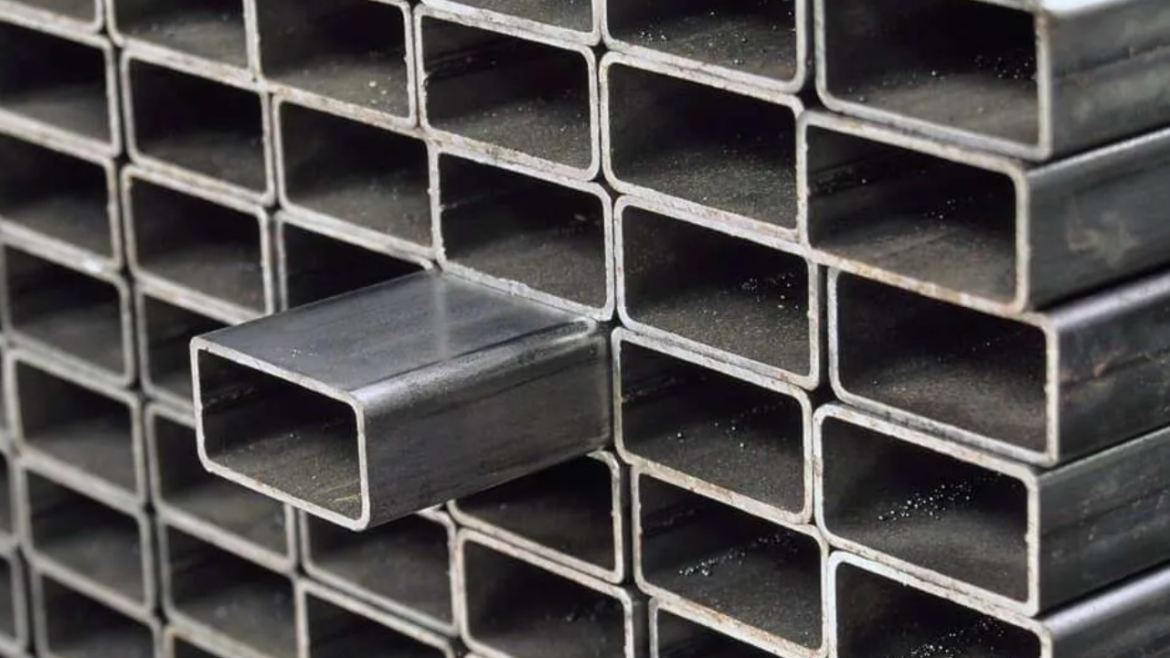Divider thickness may be a basic figure that essentially impacts the auxiliary execution of empty areas, such as square, rectangular, and circular channels. It decides the section’s load-bearing capacity, resistance to bending and buckling, and generally solidness. Selecting the proper divider thickness is basic in designing and developing to guarantee that empty areas meet the requests of different applications. This article analyzes Dimension and Sizes of Hollow structural Sections, and the adjustment between quality and fabric proficiency.
Effect of Divider Thickness on the Quality of Empty Areas
Divider thickness essentially impacts the quality of empty areas by upgrading their load-bearing, twisting, and torsional resistance capabilities. Thicker dividers give expanded basic steadiness and buckling resistance, but they moreover include weight and take a toll, requiring a cautious adjustment between qualities, fabric effectiveness, and in general plan necessities.
Relationship between Divider Thickness and Load-Bearing Capacity
Divider thickness straightforwardly influences the load-bearing capacity of empty areas. Thicker dividers upgrade the section’s capacity to resist compressive and pliable strengths, making them reasonable for heavy-duty applications. For case, in basic columns, thicker-walled empty segments can support more prominent loads without buckling, guaranteeing solidness and security in high-stress situations.
The expanded fabric within the dividers conveys the connected powers more successfully, diminishing the probability of distortion beneath the stack. Then again, more slender dividers may suffice in applications where loads are direct, and weight investment funds are prioritized. Be that as it may, inadequate divider thickness can lead to basic disappointment beneath intemperate loads, highlighting the significance of selecting a suitable thickness based on the anticipated push conditions.
Effect on Bowing and Torsional Resistance
Bowing and torsional resistance are pivotal viewpoints of an empty section’s quality, particularly in applications where the structure is subjected to energetic or horizontal strengths. Thicker dividers progress the section resistance to twisting minutes, making it more appropriate for bars, trusses, and other auxiliary components exposed to flexural stresses. The expanded divider thickness upgrades the section’s minute of inertia, permitting it to resist bowing powers more viably. So also, torsional resistance, or the capacity of an area to resist turning powers, is additionally moved forward with thicker dividers. Circular empty sections, in particular, advantage of expanded divider thickness in torsional applications, such as in transmission shafts or other turning components.
Impact on Buckling Resistance
Buckling could be a basic disappointment mode for slim basic components subjected to compressive powers. Wall thickness plays an imperative part in anticipating buckling in empty segments. Thicker dividers give extra stiffness, increasing the basic buckling stack and permitting the area to resist higher compressive powers without encountering sidelong misshapen. This can be especially imperative in columns, underpins, and other vertical components where buckling can compromise the complete structure.
The resistance to buckling moreover depends on the section’s length and shape, with longer and slimmer areas being more inclined to buckling. By expanding divider thickness, engineers can viably neutralize this propensity, making the area more vigorous and less vulnerable to instability.
Adjusting Quality and Weight Proficiency
One of the challenges in selecting divider thickness is adjusting quality with weight proficiency. Thicker dividers essentially increment the quality of empty areas but moreover include weight, which can influence the by and large plan and dealing with of the structure. In applications such as aviation, cars, and transportation, intemperate weight can adversely affect execution, fuel productivity, and operational costs.
Optimizing divider thickness is hence basic to attain the required quality without compromising weight productivity. Engineers regularly utilize progressed plan apparatuses and recreations to decide the least divider thickness required to meet security and execution guidelines. This approach makes a difference in selecting a thickness that gives adequate quality while keeping up a lightweight structure, lessening fabric costs, and upgrading general productivity.
Contemplations for Fabric and Taken a Toll Productivity
Divider thickness also impacts fabric and takes a toll on proficiency. Thicker dividers require more fabric, which increases the toll of fabricating and establishment. In large-scale ventures, indeed small increases in divider thickness can result in critical toll suggestions due to the volume of fabric utilized. Hence, it is vital to choose the fitting divider thickness that equalizations auxiliary judgment with budget imperatives.
Advancements in fabric science, such as high-strength steel amalgams, permit for more slender dividers while keeping up or indeed upgrading the quality of empty segments. These materials give a cost-effective arrangement by lessening the sum of steel required without compromising execution. Engineers must consider the fabric properties, natural conditions, and expectations utilized when selecting the divider thickness to guarantee both quality and fetched proficiency.
Conclusion
Divider thickness plays an essential part in deciding the quality and execution of empty segments. It straightforwardly impacts load-bearing capacity, bowing and torsional resistance, and buckling anticipation, making it a basic figure in the basic plan. Whereas thicker dividers improve quality, they moreover include weight and take a toll, requiring a cautious adjustment between basic needs and fabric productivity. By understanding the relationship between divider thickness and auxiliary execution, engineers can optimize empty areas for assorted applications, guaranteeing security, durability, and cost-effectiveness in construction and mechanical ventures. Selecting the suitable divider thickness is a key perspective of designing a plan that contributes to the general victory and maintainability of the advanced framework.
